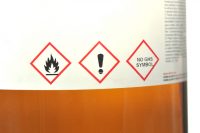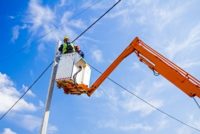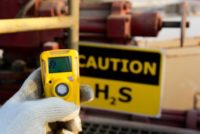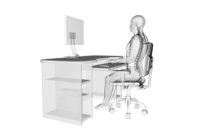Employees with Facial Hair: Must an Employer Provide Respirator Options?
Facial hair prevents employees from effectively wearing tight-fitting respirators. Experts at Safety.BLR.com® were recently asked who bears the responsibility for paying for alternate options, such as a Powered Air-Purifying Respirator (PAPR). There are both safety and human resources considerations—read on to see the answer.








